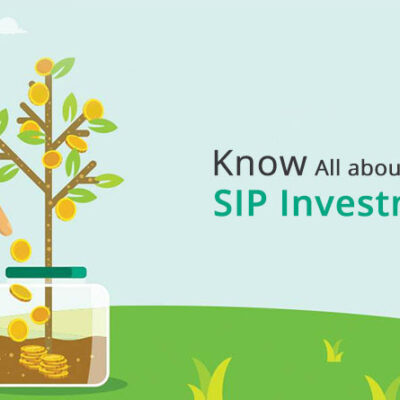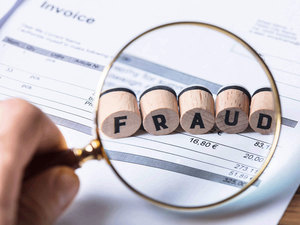The Central Board of Indirect Taxes and Customs (CBIC) is taking steps to address the issue of fake registrations in the Goods and Services Tax (GST) system. CBIC chief Vivek Johri has revealed that biometric authentication is being considered for risky entities to tackle fraudulent activities where PAN and Aadhaar of other individuals are misused for obtaining GST registration. Additionally, discussions are underway to tighten the GST return filing system to limit the claiming of Input Tax Credit (ITC) when suppliers in the supply chain have not paid their taxes.
During the ongoing drive against fake registration, approximately 12,500 bogus entities have been identified by GST officers, which were used to fraudulently claim ITC and deceive the government. To enhance authenticity, CBIC officers are planning to implement geo-tagging, which would verify that the address provided during GST registration corresponds to the actual operating location of the entity.
A pilot project on biometric authentication and geo-tagging is already in progress in a few states, and based on the results and assessment of digital infrastructure requirements, the project will be rolled out nationwide. In suspicious cases, individuals will be required to visit an Aadhaar center for biometric verification.
The implementation of GST has presented challenges for ecommerce operators in detecting and preventing fake registrations. This issue has arisen as part of the government’s efforts to crack down on fraudulent activities within the GST system.
The crackdown on fake GST registrations has caused challenges for e-commerce companies that maintain virtual offices in multiple states with minimal staff and no physical records. These companies have urged GST authorities to allow them to use their head office address for registration to eliminate the need for a physical presence.
Regarding this issue, CBIC Member GST Shashank Priya highlighted the importance of distinguishing between fake registrants and legitimate e-commerce operators. He suggested the development of an electronic means for fetching and presenting records to authorities to demonstrate legitimacy and comply with the requirement of maintaining records at the place of registration.
Let’s get a glance when and why this special drive has started.
In recent years, there has been a concerning rise in cases where taxpayers are using the identities of others to fraudulently obtain fake registrations under the GST law. In order to tackle this problem and safeguard government revenue, the Centre and States have launched a special two-month drive. Commencing on May 16, 2023, and concluding on July 15, 2023, the objective of this initiative is to identify suspicious and counterfeit Goods and Services Tax Identification Numbers (GSTINs) and take necessary measures to eliminate fraudulent entities from the GST system.
The main objective of the special drive is to identify and address suspicious and counterfeit GSTINs that are being used for fraudulent activities within the GST system. These registrations are obtained with the intention of deceiving the government by issuing invoices to claim input tax credit without actually supplying goods or services.
To identify fake GSTINs, the Goods and Services Tax Network (GSTN) will play a crucial role by utilizing data analytics and risk parameters. GSTINs that exhibit traits such as failure to file GST returns, delayed filing of returns, or provision of misleading information will be flagged as suspicious. The GSTN will then share the details of these identified suspicious GSTINs, categorized by jurisdiction, with the relevant Central or State tax administration authorities for further verification.
Upon receiving data from the GSTN or the Nodal Officer, tax officers will take immediate action, which may include one or more of the following steps:
- Initiating the suspension and cancellation of the GST registration.
- Planning and conducting on-site visits to inspect the registered premises and associated documentation.
- Assess the requirement to restrict input tax credit in the electronic credit ledger based on the applicable provisions.
- Determine the recipients who have received input tax credit from non-existent taxpayers by analyzing the information provided in the GSTR-1.
- Implement appropriate measures upon discovering a connected suspicious GSTIN during the investigation or verification procedure.
Through these measures, the authorities aim to effectively identify and combat fake GSTINs, ensuring the integrity of the GST system and protecting government revenue from fraudulent activities.
Important Considerations for Taxpayers
In the course of the special drive, taxpayers should keep the following points in mind if their business premises or the registered address is visited by GST officers:
- Clearly display the GSTIN prominently at their business premises.
- Renew rent agreements and gather KYC documents of Proprietor/Partner/Directors to carefully review all supporting documents submitted during GST registration.
- Display the precise trading name exactly as stated in the GST Registration Certificate, alongside the GSTIN.
- Scrutinize details of suppliers from whom goods are being purchased and reconcile them with GSTR-2B on a monthly basis.
- Verify the legitimacy of suppliers to ensure that goods are procured from authentic sources.
- Maintain accurate books of account in accordance with the requirements specified by the GST Act and ensure compliance with all relevant regulations.
- Regularly monitor the compliance status of suppliers of goods and services, and promptly file GSTR-1 and GSTR-3B within the specified deadlines.
It is crucial for taxpayers to consider these aspects to ensure adherence to GST regulations and facilitate a smooth compliance process.
The government’s dedicated initiative to address counterfeit GST registrations and combat fraudulent activities is a substantial measure aimed at safeguarding government revenue and upholding the integrity of the GST system.








